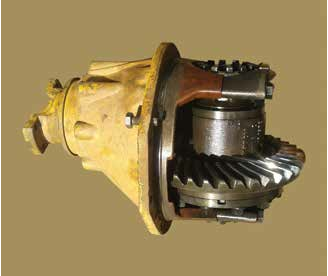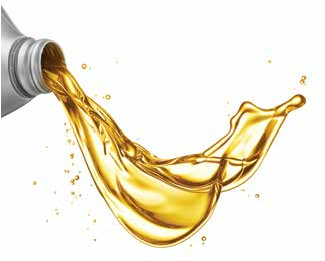
5
OPERATOR
The
training
improve
amongst
ongoing
from
CONTINUOUS
PROCEDURES
Operator
in
cal
avoid
MINIMISE
1.
Drain
w
2.
Take
the
This
ZMK363
(component
differential
reality
potential
loss
Draining
impact
to
not
action
Draining
balanced
and
balance
the
perspective,
of
inficted
It
cost
administrative
warehouse
safety
PLANNED
CATASTROPHIC
The
monitor
informed
for
mainly
failures
losses
lost
graph:






